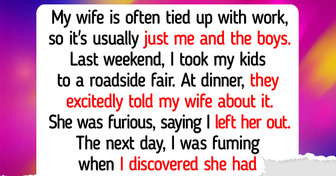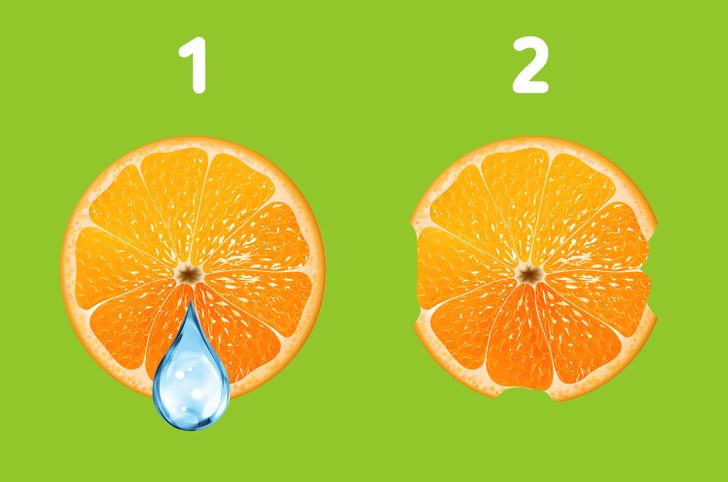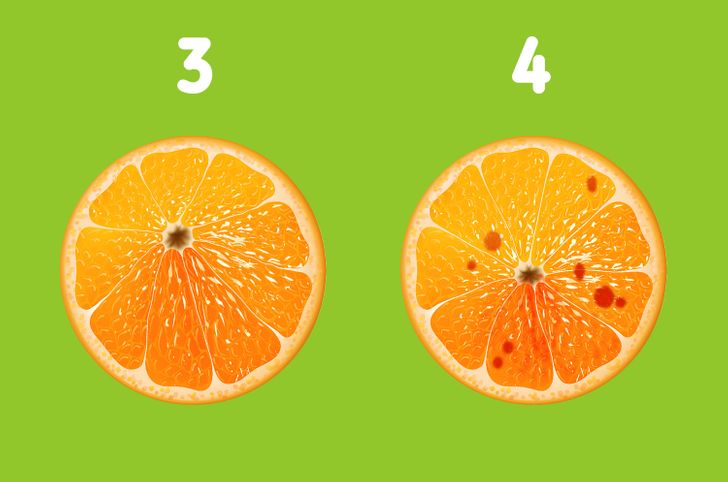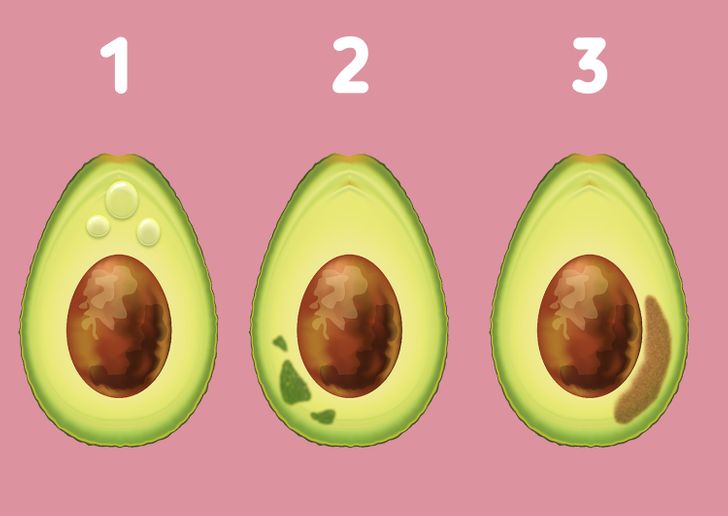Why not use illustrations of real breast? There should be no shame in showing the female body, especially when it's related to a health issue!
How to Self-Examine Your Chest, and 7 Things That Signify You Need to Rush to a Doctor
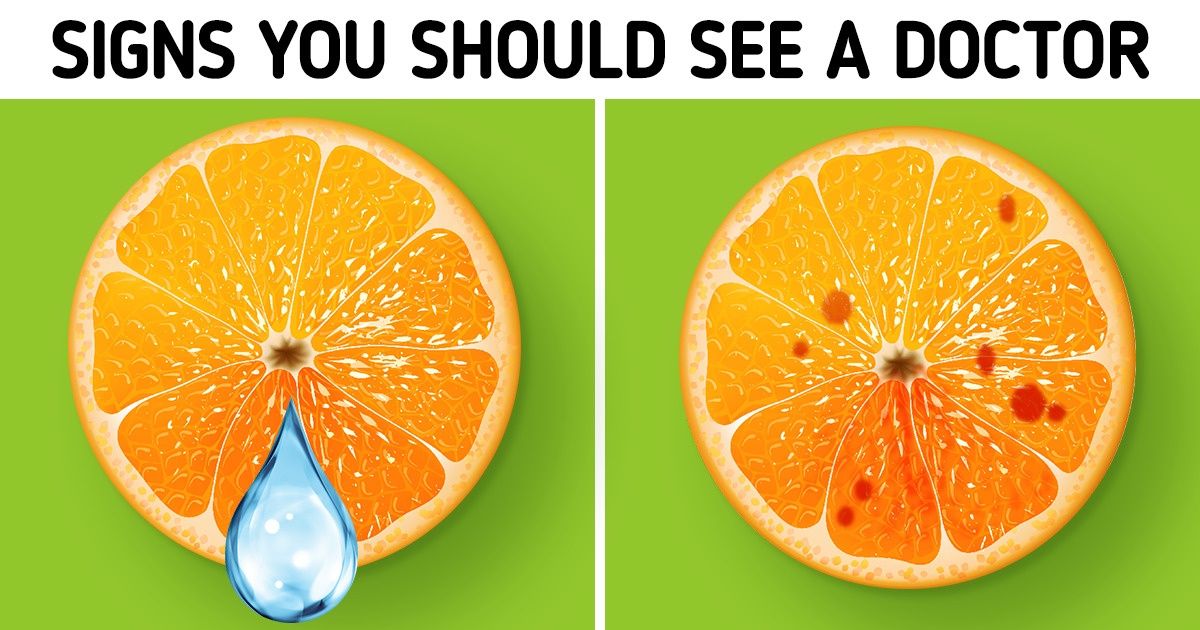
October is Breast Cancer Awareness Month, also known as Pinktober. But it isn’t the only month we should take steps to care for ourselves and be mindful of breast cancer. According to Johns Hopkins Kimmel Cancer Center, 40% of diagnosed breast cancer is detected by women who feel a lump, which means doing regular self-exams is crucial.
We at Bright Side feel that we should be familiar with our own breasts so that we can seek a doctor’s help if we discover anything unusual.
When to check
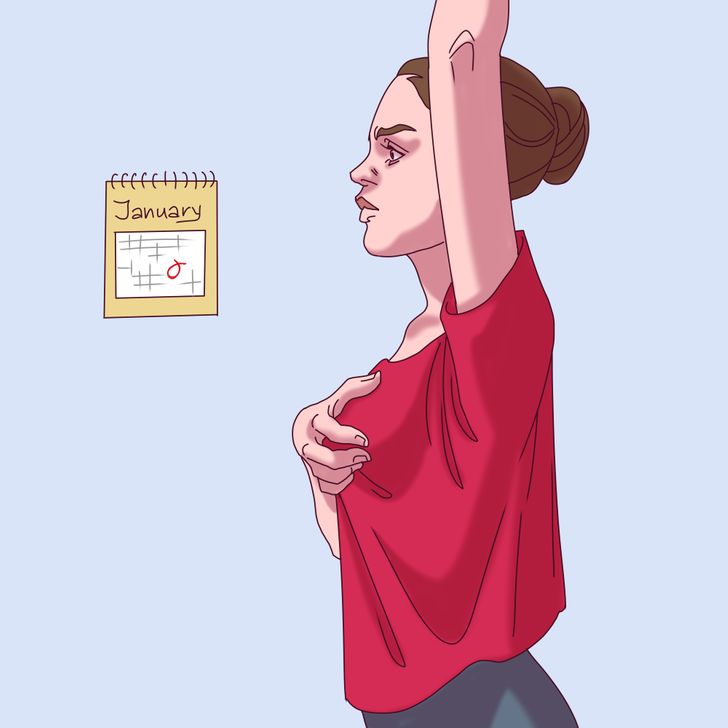
Clinical screening tests called mammograms should be done yearly by women age 40 and older, but adult women of all ages can conduct self-exams at least once a month. The best time to do this is about 3 to 5 days after your period starts. Just make sure that you do it on the same date every month.
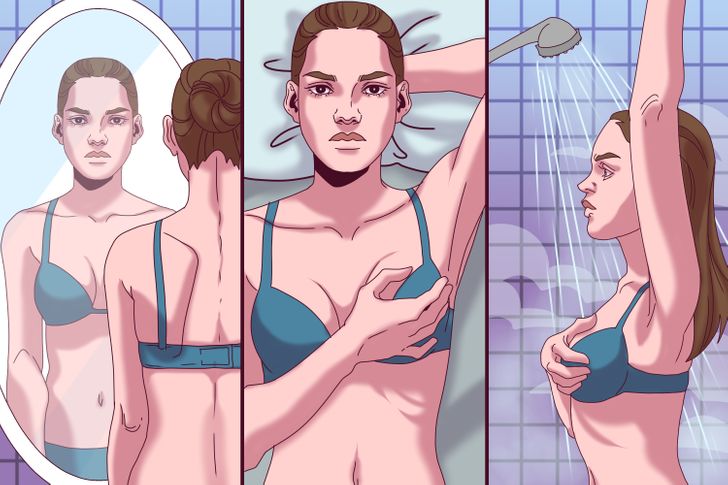
How to check
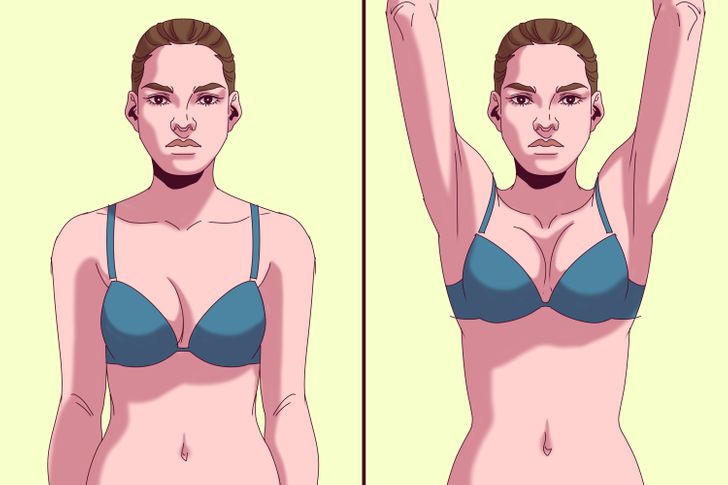
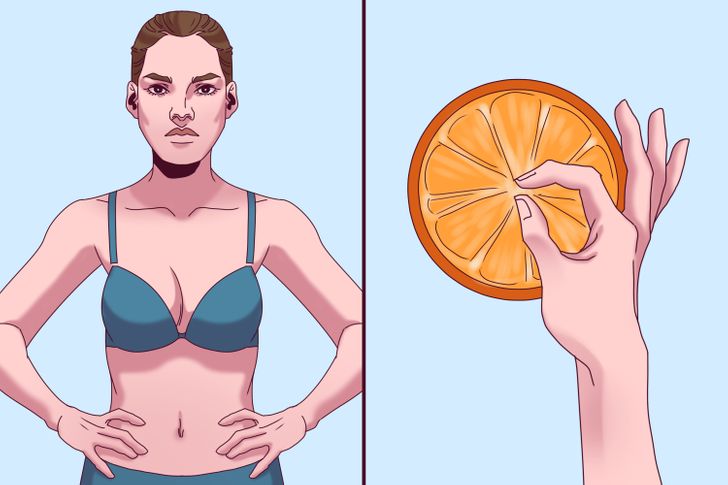
You can look for visual clues that your chest might need to be checked by a doctor. There are a few ways to do this:
- With your arms at your sides in a relaxed position
- With both your arms raised above your head, bending forward
- Hunched over with your hands placed on your hips
- By pinching lightly at the tips to look for any unusual discharge fluid
Aside from looking, you should also feel if there’s anything unfamiliar that cannot be seen. Use your right hand to feel your left breast and vice versa. You can run your fingers in these 3 directions:
- From top to bottom, and bottom to top
- In a circular motion
- From side to side
Signs that you may need a doctor’s attention
Here are the things you should look out for when examining the nipples:
- If there is any watery, milky or yellow fluid or blood present
- If the shape has turned abnormal
- If the position of the tip has changed or it looks pushed inward instead of sticking out
- If there’s a rash, redness, or swelling
There could also be signs on other parts of the breasts, such as:
- Lumps on any part of the chest
- Skin dimpling or puckering
- Redness, sores, a rash, or swelling on the skin
Stay calm and visit a doctor.
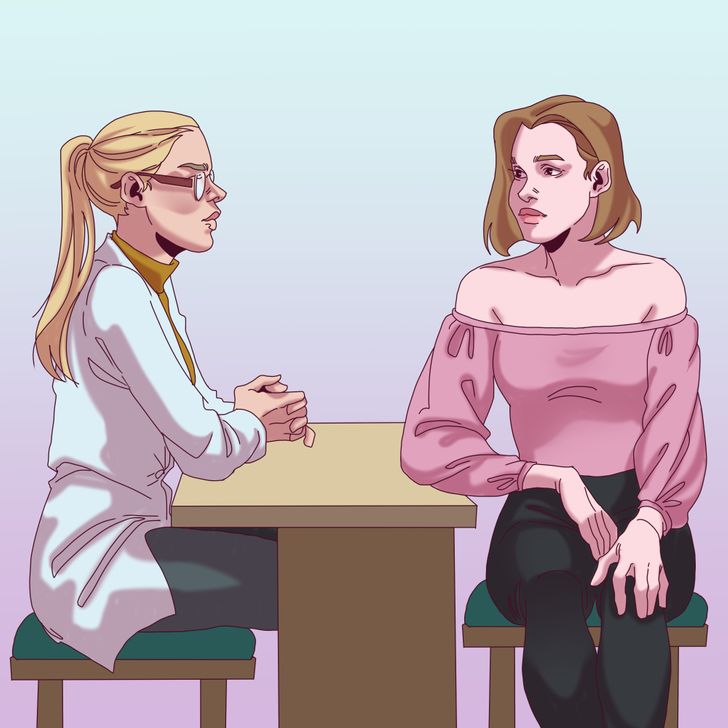
Remember, it’s important not to panic if you find anything out of the ordinary. Keep in mind that 60% to 80% of breast lumps aren’t harmful. But you should always call a doctor to get a diagnosis, just to be safe.
Do you self-examine your chest regularly? Do you know anyone who discovered lumps from conducting a self-exam at home? Let us know the story, and share this information with other women!
Comments
Related Reads
12 Hilarious Doctor Stories That Prove Laughter Really Is the Best Medicine

10 Travelers Who Took “Breaking the Rules” Way Too Far
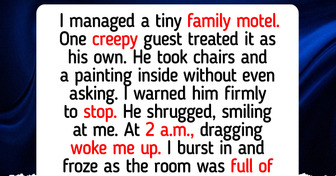
I Refuse to Let My Parents Manipulate Me, I Am Not Their Puppet

I Tried to Be the Husband My Wife Needed — She Figured Out What I Was Actually Doing
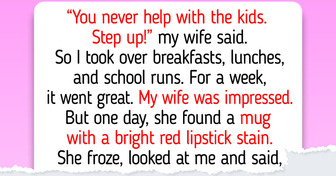
15 Times “Just Tidying Up” Turned Into a Scene Straight Out of a Movie

I Chose to Be Childfree, but Suddenly Became a Mom—And Now I’m Trapped

I Walked Out of the Family Reunion After My Stepdaughter Handed Me a List of “Rules”

Everything Seemed Normal in My Marriage Until I Found the Part of Our Story My Wife Never Mentioned
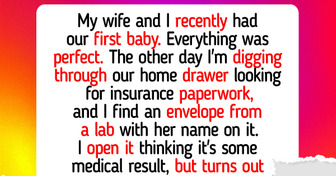
I Refuse to Pay for Everyone Just Because I’m Childfree
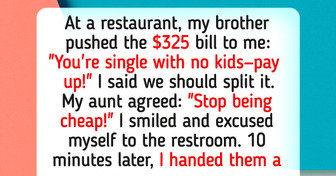
16 Moments That Remind Us to Stay Kind Even If the World Turns Ice Cold

20 Tutors Reveal What Really Goes On Behind Closed Doors

I Excluded My Wife From My Kids’ Core Memories—She’s Too Busy Working
